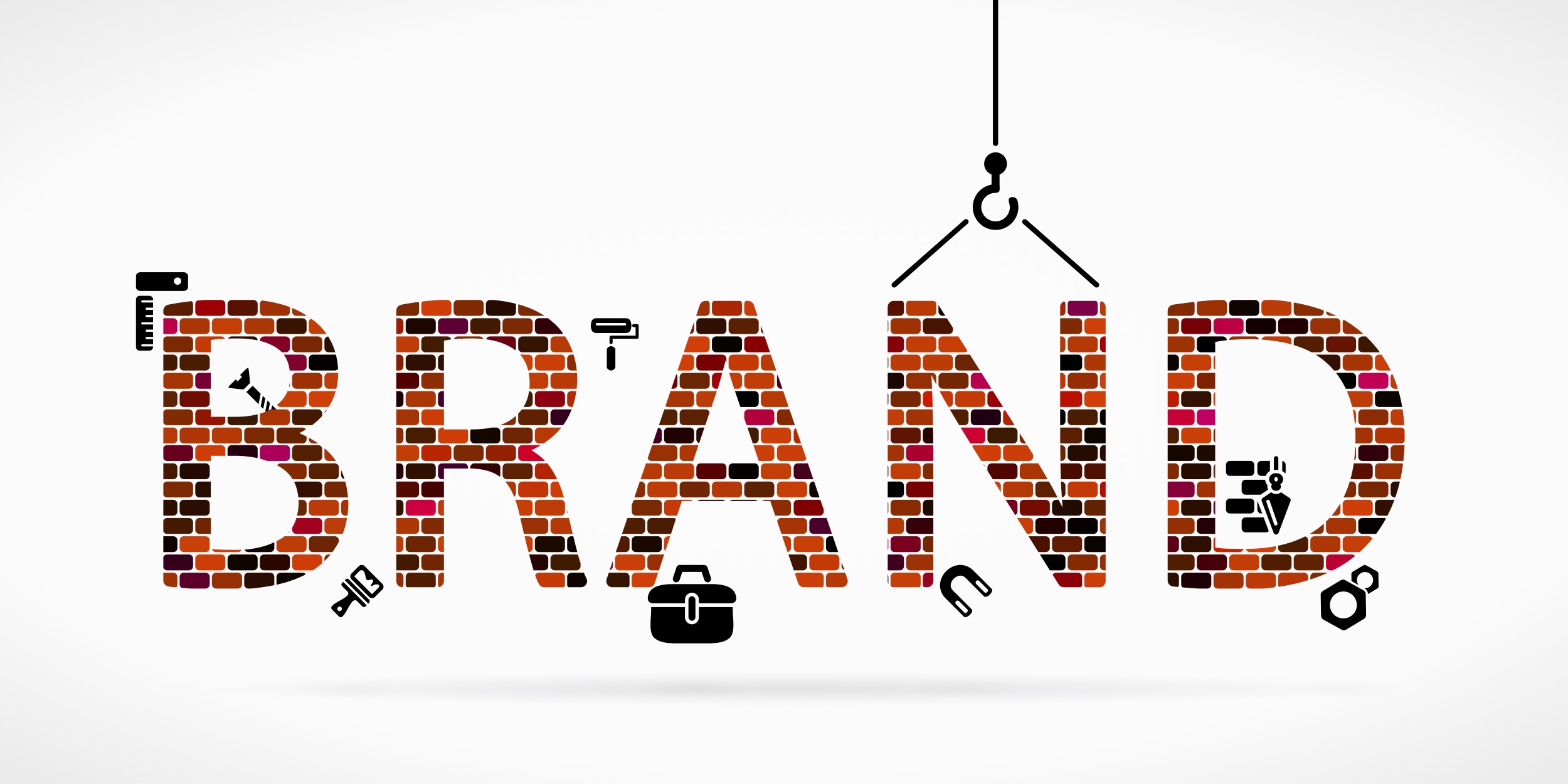Is This the End of Branding as We Know It?
By Vivaldi, June 7, 2016
We asked two authorities on branding, our own advisory board member, the E. B. Osborn Professor of Marketing at the Tuck School of Business at Dartmouth College and former Executive Director of MSI, Kevin Lane Keller, and our CEO Erich Joachimsthaler: What’s new in branding? The two shared a lively discussion on brand salience and the brand-building models that are here to stay – and those that might already be obsolete.
Kevin Lane Keller: Erich, you see a lot of branding work done by many different companies these days. What are some of the new branding developments you are seeing?
Erich Joacimsthaler: What is clear to me is that the old branding models that relied on TV spots and billboards don’t apply anymore. They identified a few attributes that made a brand different and then advertising was used to hammer these attributes into consumers’ head. That’s not how today’s powerful brands are being built. Look at Uber, Lyft, Tesla or Google, for example.
K: It is interesting how those brands, like Starbucks and others before them, aren’t being built through advertising. But they are great examples of one of the most fundamentally important branding concepts – that great brands are born out of opportunity. Great brands seize the moment to relentlessly deliver on unmet consumer needs.
E: That’s right. These brands are intent on solving a need and delivering the functionality that users require at the right moment. They’ve moved beyond the old “spray and pray” approach of building awareness to one where you’re dynamically creating the brand experience all the way to the door of the consumer. That’s what I’m most excited about.
K: But what these brands have also done, is an incredible job of creating brand salience*, going far beyond awareness, as measured by recognition or recall, to ensure that their brands are thought of at all the right times, in all the right places, and in all the right ways. It’s much more about breadth and depth of awareness today that matters, in addition to establishing performance advantages and eliciting powerful emotions on top of that foundation.
E: Salience has become more important given the drastic changes that we are seeing with consumers, especially with the explosion of the mobile phone. Consumers are going through erratic on-and-off, nonlinear paths to purchase. They pick up their mobile phone more than 150 times a day on the average. Their average attention span today is about 8.25 seconds apparently. That’s less than the 9-second attention span of a goldfish! And they can choose a different brand by moving their finger a half inch to the right or left on their smart phone. Consumers are a lot less loyal to brands and are much more loyal to their needs at one specific moment. Brand salience is crucial in today’s world.
K: No question, building strong brands can be challenging today, but it is important to recognize that brands, and the functions they perform, still matter to consumers. Consumers want brands that deliver (or surpass) expectations and fulfill promises. In this new marketing world, marketers must strike a balance between the old and the new, between continuity and change, between planning and execution. The right branding models can be very useful in that pursuit.
E: Yes! I agree. It’s all about balancing strategy and tactics to meet consumers where they are. Consumers are very selective today. They invite a limited set of say, five brands into their inner circle. They spend most of their time with these brands. Then, they have another set of brands, maybe a maximum of 15 brands that they consider close to them. They interact with these brands as necessary and engage with them. The brand challenge is to become part of the inner sanctum of brands. The challenge is to get consumers to choose to spend their time with you.
K: One schematic that I find very helpful in thinking about connecting with consumers is what I call the “brand engagement pyramid” – a way to portray the level of engagement your customers have with your brand. At the top of the pyramid are those customers who want to be super-engaged with the brand, they want to do more than just buy the product – they want to talk about the brand, tweet about it, visit the website, and maybe even wear the T-shirt.
E: At the top of your pyramid is where a brand has what we at Vivaldi call Social Currency. Social Currency is the degree to which a brand has the permission to help consumers form or express their social and personal identities.
K: I like that model a lot. But we need to remember that not everyone is at the top of the brand engagement pyramid. At the bottom of the pyramid are those customers who are not at all engaged. They “choose and use” – but that’s it. They obviously need to be marketed to differently, and the key for marketers is to ensure that they understand, literally, the shape and dynamics of their brand engagement pyramid.
E: In my mind, Social Currency is a much broader and more relevant concept than social media. It involves activation strategies around conversation, affiliation, advocacy and more. It means there is a systematic way of building brands in a social and mobile world.
Consumers don’t want to absorb content from brands. Consumers don’t appreciate content marketing; they appreciate using social to become more efficient, which would be those who are in the “choose and use” mode and others who use social and brands to express their social and personal identities.
K: This is why building strong brands is so difficult. It is in part art and in part science. The art and science of marketing is pulling all these activities together in a thoughtful and creative way. It’s about thoroughly understanding consumers in the context of their lives and helping consumers make decisions by offering just the right information and experiences every step of the way.
E: Agreed. That is what branding has always been about. So no, I don’t think at all that branding as we know it is over. But branding is evolving and new models are required to make sense of it all. It has become so much harder to build brands, but it also has made branding more valuable to companies.
*When Kevin Keller talks about salience, he’s referring to the concept from the Customer-Based Brand Equity Model: a brand is salient if the brand comes up in consumers’ mind in everyday life contexts or moments. There are two dimensions of salience: breadth and depth. Breadth of salience means a brand comes up in many different contexts of a consumers’ daily life. Depth of salience means that a brand comes up easily and often.
- Topics:
- Brand Strategy
Meet The Expert

Erich Joachimsthaler, Ph.D.
CEO & Founder
Erich is a rare combination of consultant, entrepreneur, academic, researcher, author and positive contrarian. Over the last twenty years, Erich has led Vivaldi in helping companies build strong brands, find innovation and new growth opportunities and realize them in today’s digital age.

